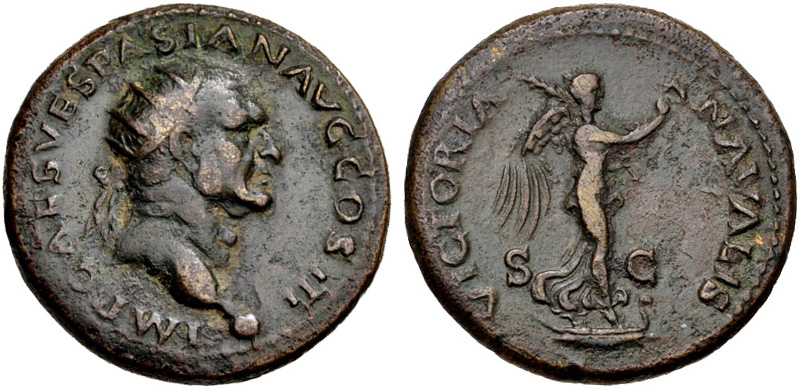ancient
Rus in Urbe
It is easy for ancient historians to forget about farming. Ancient literature does not say much about it, ancient art rarely depicts it, and farming is distant from our own lives. Yet most people in the ancient world made most of their living by farming or herding or fishing, and the basic realities of farming pervaded their mental world. I am therefore glad that some of the land near the Zentrum für alte Kulturen in Innsbruck is still working fields and orchards. Although the caked soil at the edge of the field is marked by the tyres of the farmer’s tractor and not the hooves of his oxen, and the plot is crammed between a modern glass monstrosity, the loading dock of a supermarket, and a concert hall built out of shipping containers, it is still worth watching as the seasons turn.
Some Thoughts on “War: The Lethal Custom”
The holidays are a time for reacquainting oneself with old friends, both the living and the paper varieties. One of those was Gwynne Dyer’s book War: The Lethal Custom. Dyer’s writing has earned him a worldwide network and a middle-class living, but not the global celebrity of a John Keegan or Steven Pinker, and I think that is a shame. Dyer has something to teach anyone interested in human behaviour, and his book shows more respect for evidence than many popular works do.
On Names
In Southwest Asia in the first millennium BCE, most names meant something. Iranian, Babylonian, and Greek names tended to be meaningful phrases or adjectives in their native language. This leads to some moments of enlightenment as one learns the languages after getting to know the characters. Pharnabazus, for example, was “the gift of majesty,” and... Continue reading: On Names
Reading Akkadian
Here we have a sketch of the Old Babylonian copy of the epic of Gilgamesh stored in Pennsylvania. It corresponds to the end of the first tablet of the better-known Standard Babylonian version from Nineveh, where Gilgamesch has some prophetic dreams and Shamkhat persuades Enkidu to visit the city. As everything slows down before the holidays, I thought that I would dust off another draft and talk about some of the challenges in reading Akkadian cuneiform.
The Sandby Borg Massacre
Sword pendant in gilded silver, found in House 40 at Sandby borg. Photo courtesy of Daniel Lindskog. Off the eastern shore of Sweden lies the island of Öland, and on that island fifteen hundred years ago the Ölanders built a ring fort and filled it with halls and silver and sparkling... Continue reading: The Sandby Borg Massacre
Bonus Content: “Victoria Navalis” Bibliography

A coin of Vespasian with the legend VICTORIA NAVALIS S C, courtesy of Classical Numismatic Group, Electronic Auction 340, Lot 333, via coinarchives.com
In my recent Ancient Warfare article I mentioned that scholars are divided on how to interpret the legend VICTORIA NAVALIS on Roman coins. Some link it with a battle between Romans and Jews in the Sea of Galilee, some with the centenary of Augustus’ victory over the fleet of Antony and Cleopatra, and some with the Roman civil wars of 69 CE. Since I am not an expert on numismatics or Roman Judaea I wanted to get a wide range of opinions. Search engines make it easier to find brief mentions in footnotes and sidebars than it once was, but finding and sorting still takes effort. Here are some scholars who have stated what they think the legend refers to:
Melammu Again

Earlier in November I attended the eighth Melammu Symposium in Kiel (with an excursion to Lübeck on the day after). This year was smaller than last, with about 30 attendees after some people who had agreed to give posters dropped out. Participants specialized in a wide range of places, times, and methodologies, from Christian Sogdian book culture about the year 1,000 to women in Elam in the third millennium BCE. As often happens, talks and the formal responses to groups of talks ran long. This week, I think I will write about some of the posters and talks related to the Achaemenid empire or military history.
Fabian Winklbauer presented a poster on the government of the Achaemenid empire. This is a proverbially difficult subject, since the documents are not self-explanatory, while the Greek and Latin literary tradition does not worry about such details. On the other hand, we do have a great many documents in many languages, and the Aramaic documents from Bactria suggest that the situation in one region from which few documents survived resembled that in regions where more are preserved. I hope to see more of his work in future years.
Link Dump
Remembrance Day
War is a very old and very common custom, and so are commemorating it, celebrating it, and praying it away. Others more learned than I have commented on the war which was raging in Europe one hundred years ago. Today I thought I would share two perspectives on war from four thousand years ago.
Read more




